13 Wonderfully Specific Libraries Reveal Their Oldest Treasures
We asked these unique libraries about their oldest holdings and got delightfully diverse answers.

Some of the world’s best, most interesting libraries are not grand buildings with the extensive collections, but small spaces dedicated to one wonderfully specific type of work. There are libraries that focus on lesbian history and ones that keep only works connected to the human imagination. Look for libraries in private clubs or nonprofit organizations, and you can find examples dedicated to magic or Karl Marx.
We love libraries like these, and we wanted to know more about the secrets they hold. So we contacted 13 of the world’s wondrously specific libraries and asked: What’s the oldest item in your collection?
When we asked the same of larger libraries, we learned about ancient cookbooks, illuminated gospels, Greek studies of plants, and a good number of cuneiform tablets. These smaller libraries had an even wilder range of treasures to tell us about.
A couple of the libraries we contacted have such unique collections that they couldn’t even answer the question. The oldest item in the Brautigan Library in Vancouver, Washington, which collects unpublished manuscripts, would have been one of the documents donated in 1990, when the library opened, but it’s hard to say which, exactly. The Library of Water in Iceland contains samples of glacier water collected between 2003 and 2007, but it’s impossible to know which bit of melted ice formed first.
But most of the libraries had ready answers, and we heard about some excellent items, including party penguin puppets, paired treatises on milk and mountains, a socialist magazine quashed by the government, and a world map from 1452. (And, okay, a couple of cuneiform tablets, too.)

Scott Polar Research Institute Museum & Library
Olaus Magnus, Historia de Gentibus Septentrionalibus, 1567
Olaus Magnus was the last Archbishop of Uppsala, Sweden, before the Reformation took hold and he left the country from more Catholic parts of Europe. In exile from his native land, he wrote a guide to the “northern peoples,” which covered everything from war and sports to food and local superstitions. His work is one of the first accounts of the Sami people in European literature, and for two centuries this was the leading scholarly work on Europe’s polar lands.
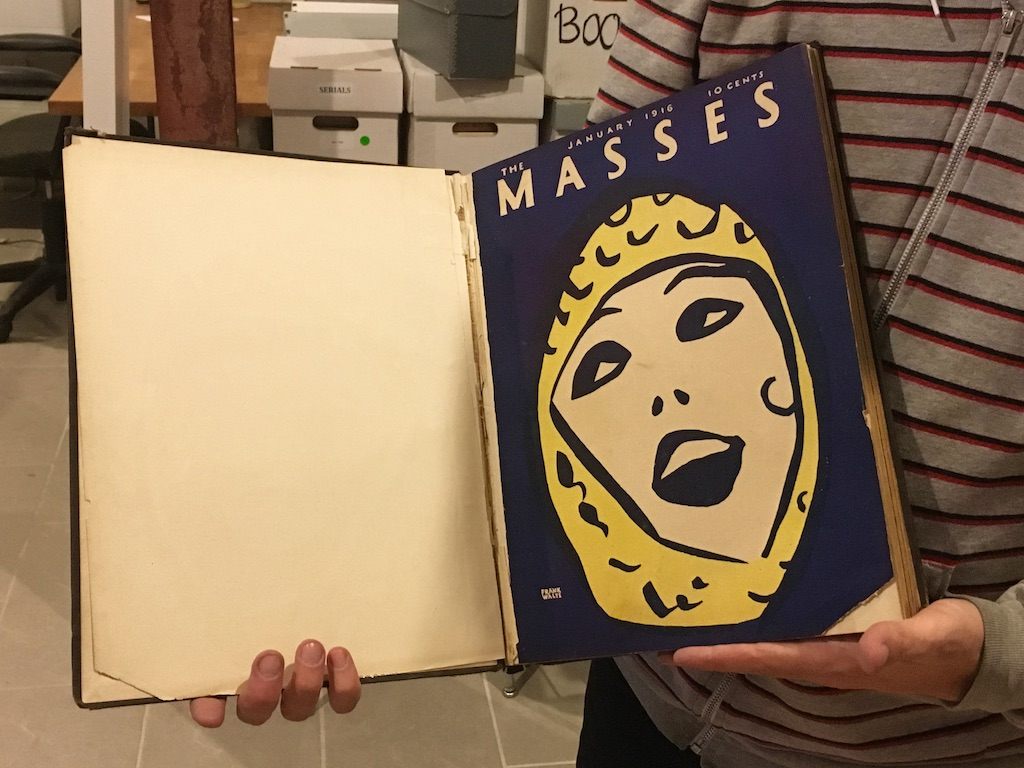
Interference Archive
The Masses, January 1916
Interference Archive in Brooklyn documents the history of activism. The oldest item in their collection is a century-old issue of a leading socialist magazine. The Masses came out monthly from 1911 until 1917, when the Espionage Act quashed its publication. This issue once belonged to a more conventional library, but was never added to the official collection. The Interference Archive is volunteer-run and has open stacks, so anyone can come see this treasure.

Julian P. Kanter Political Commercial Archive
Calvin Coolidge radio speech, 1924
Film of Wendel Willkie, 1940
The Political Commercial Archive in Norman, Oklahoma, is dedicated to documenting America’s political discourse and history from the 20th century on, through television, radio, film, and social media. The archive’s oldest item is a radio speech then-president Calvin Coolidge gave in 1924 on cutting government spending, lowering taxes, and fixing the deficit.
The oldest moving image in the archive shows Wendell Willkie, a Democrat-turned-Republican who positioned himself for a surprise win of the Republican presidential nomination in 1940. He won 22.3 million votes—a record for a Republican candidate—but lost the election, with only 82 electoral votes to President Roosevelt’s 449.

U.S. Naval Observatory Library
Gaius Julius Hyginus, De Astronomica, 1482
This work of ancient astronomy is credited to turn-of-the-millennium Roman astronomer Gaius Julius Hyginus, although not everyone believes him to be the author. The book describes four dozen constellations. This 1482 version, printed in Venice, is the most common extant edition. The Naval Observatory may have acquired this copy when Lt. James M. Gilliss traveled to Europe to inspect instruments for the Naval Observatory’s first permanent installation in 1843.
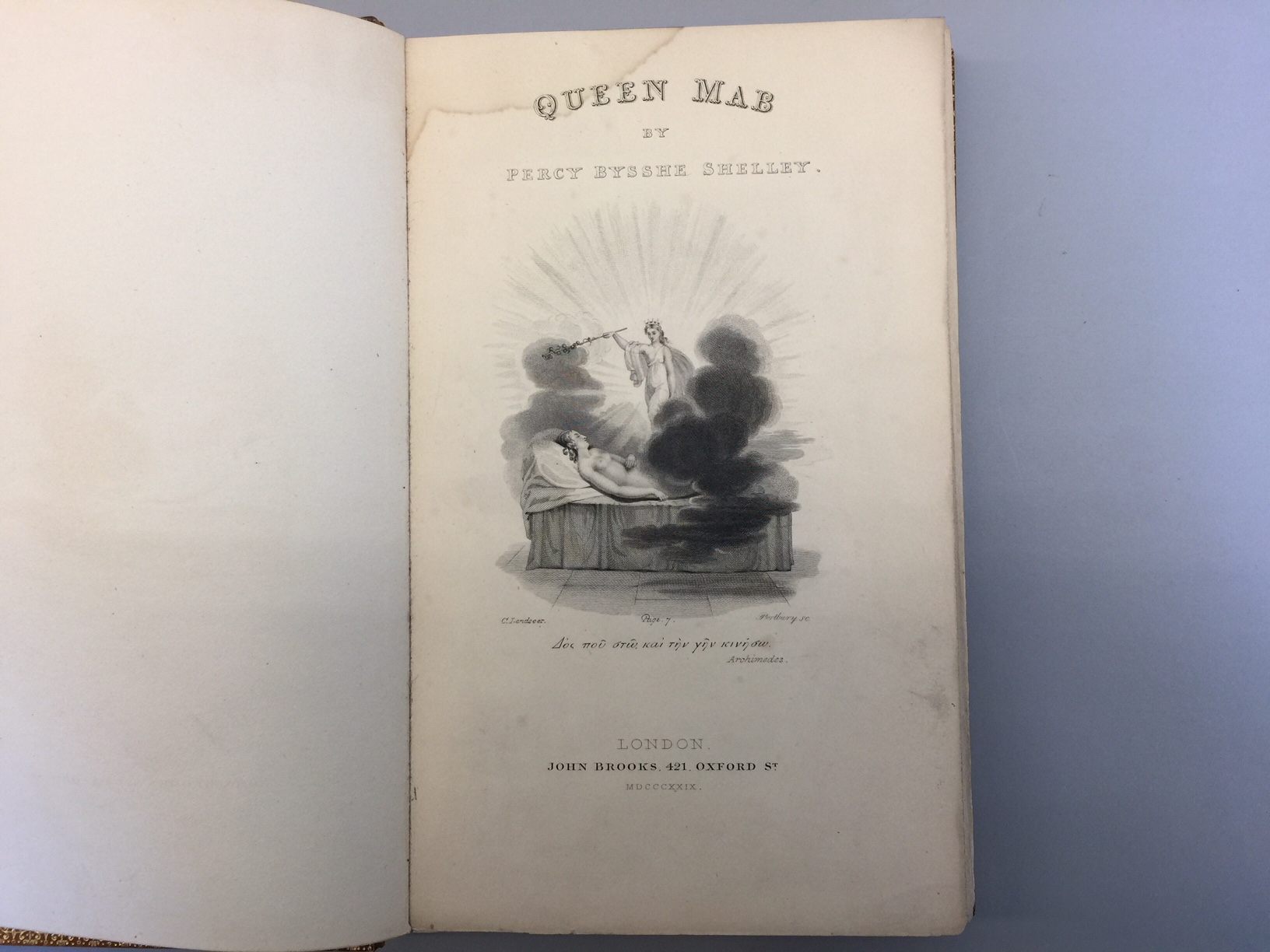
Poetry Foundation Library
Percy Bysshe Shelley, Queen Mab, 1829
John Brooks published this pirated edition of Shelley’s famous poem in London in 1829. Shelley only printed 250 original copies of this work, but in the years after his death in 1822 more than a dozen pirated editions spread across England and cemented the poem’s enduring fame. This book came to the Poetry Foundation Library in Chicago in 2012, as a donation from Col. J.N. Pritzker, in honor of the Pritzker Military Library.

American Geographical Society Library
Giovanni Leardo, Map of the world, 1452
Little is known today about the creator of this map, except that he created some of his time’s best European maps of the world. The map is oriented with east at the top and puts Jerusalem at the center of the world. It’s the oldest world map in the library’s collection, and it came to the collection as a gift from member Archer Huntington in 1906.
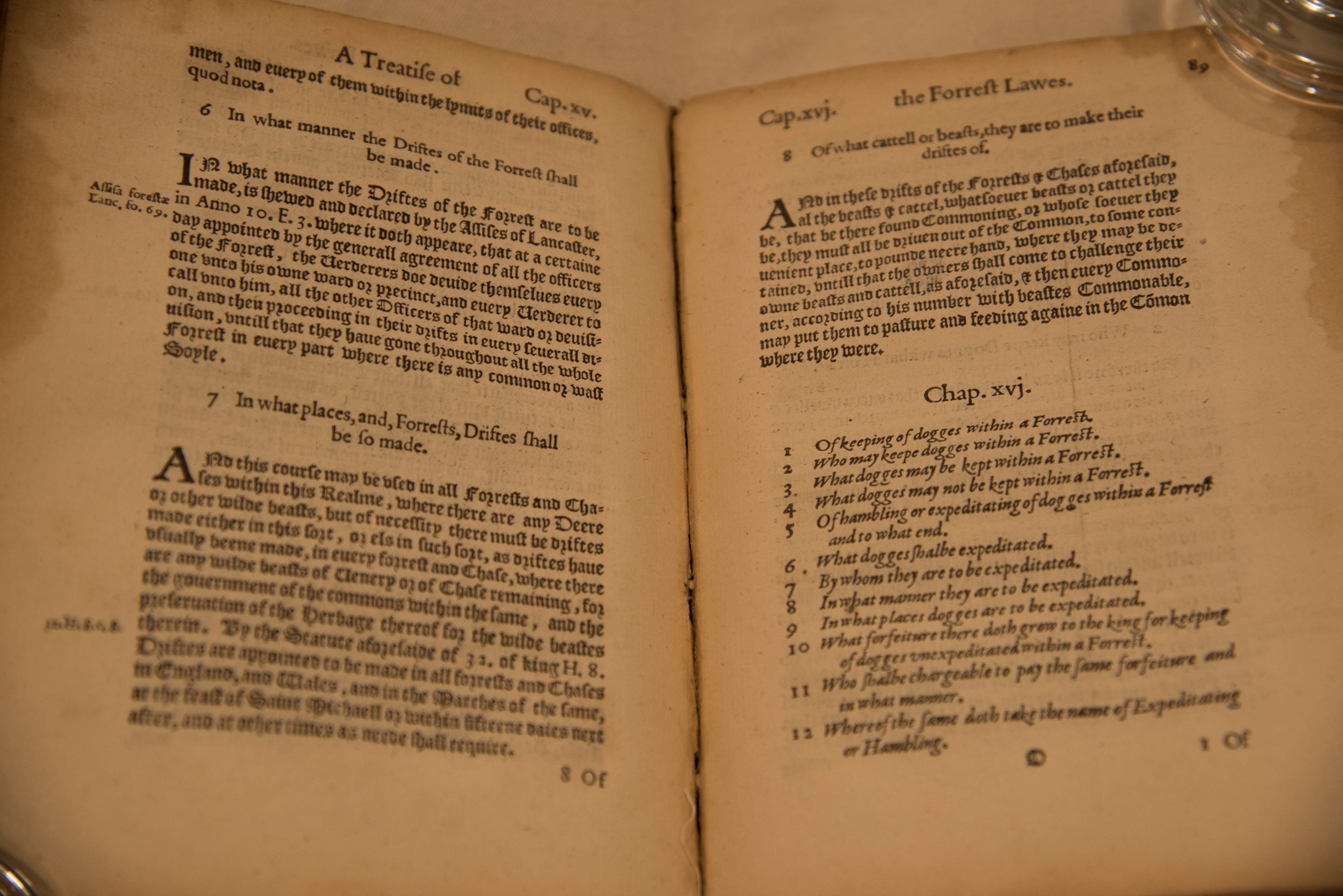
The Kennel Club Library
John Manwood, Lawes of the Forrest, 1598
Here is the full and very descriptive title of this British legal work—A treatise and discovrse of the lawes of the forrest : wherin is declared not onely those lawes, as they are now in force, but also the originall and beginning of forrestes, and what a forrest is in his owne proper nature, and wherein the same doth differ from a chase, a park, or a warren, with all such thinges as are incident or belonging thereunto, with their seuerall proper tearmes of art, as more at large doth appeare in the table in the beginning of this booke. Also a treatise on the purallee, declaring what purallee is, how the same first began, what a purallee man may doe, how he may hunt and vse his owne purallee, how far he may pursue and follow after his chase, together with the lymits and boundes, aswell of the forrest, as the puralley
The Kennel Club Library’s interest in the book is focused on the chapter on dogs, which describes the use of dogs in hunting, the rules about which type of person could own which type of dog, and the rules about what dogs may and may not be kept within a forest. This edition was the first printed for the public; an earlier edition was circulated privately.
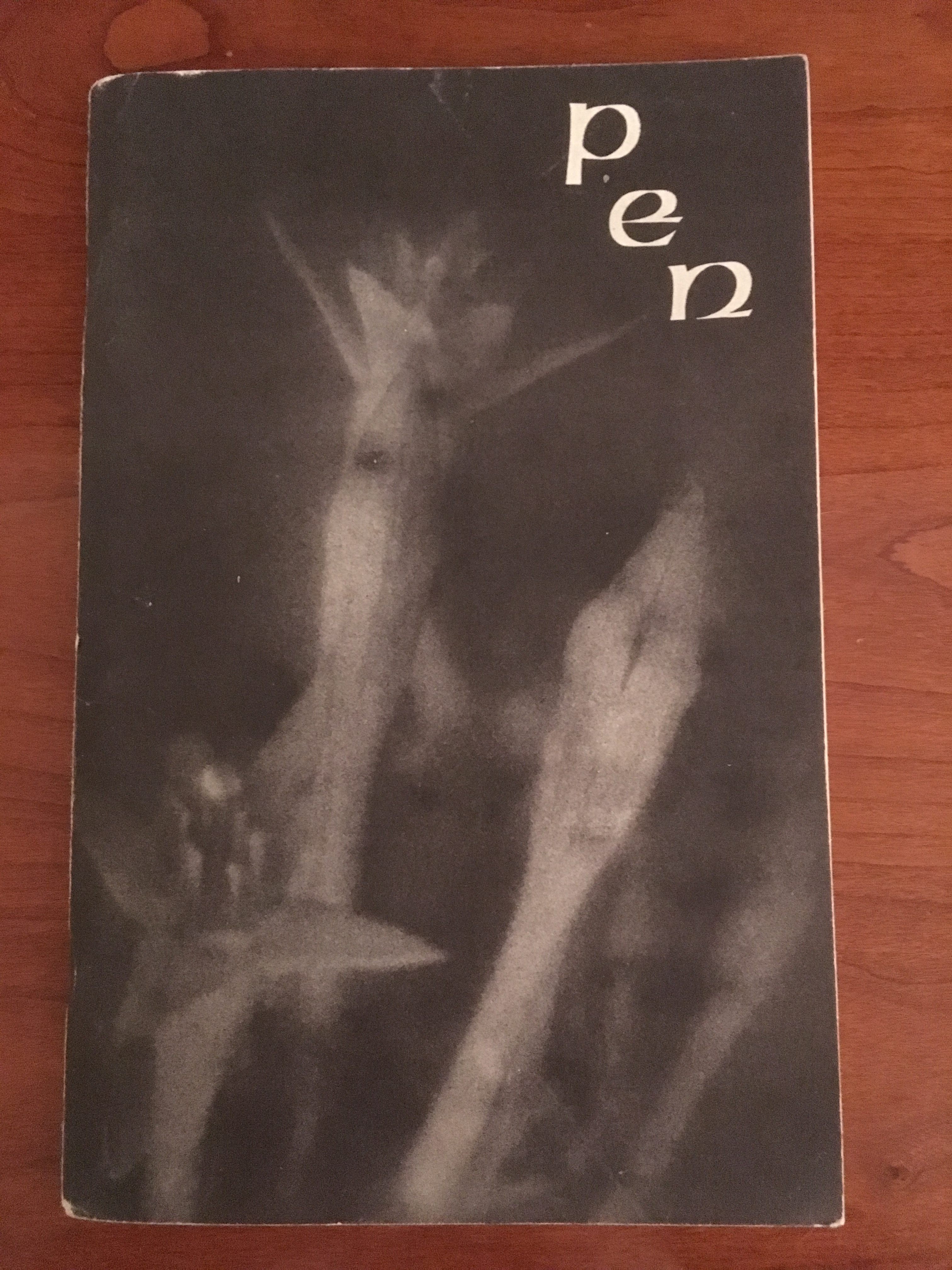
Denver Zine Library
Garfield High School, Pen, 1968
The rise of small-print-run zines started in the 1970s, when punk fans began using copy machines to distribute criticism and news of the scene. In 1968, the students of Garfield High School in Seattle published an art and poetry zine called Pen, and a copy made its way years later to Denver Zine Library, which is populated entirely by donated examples of the form.
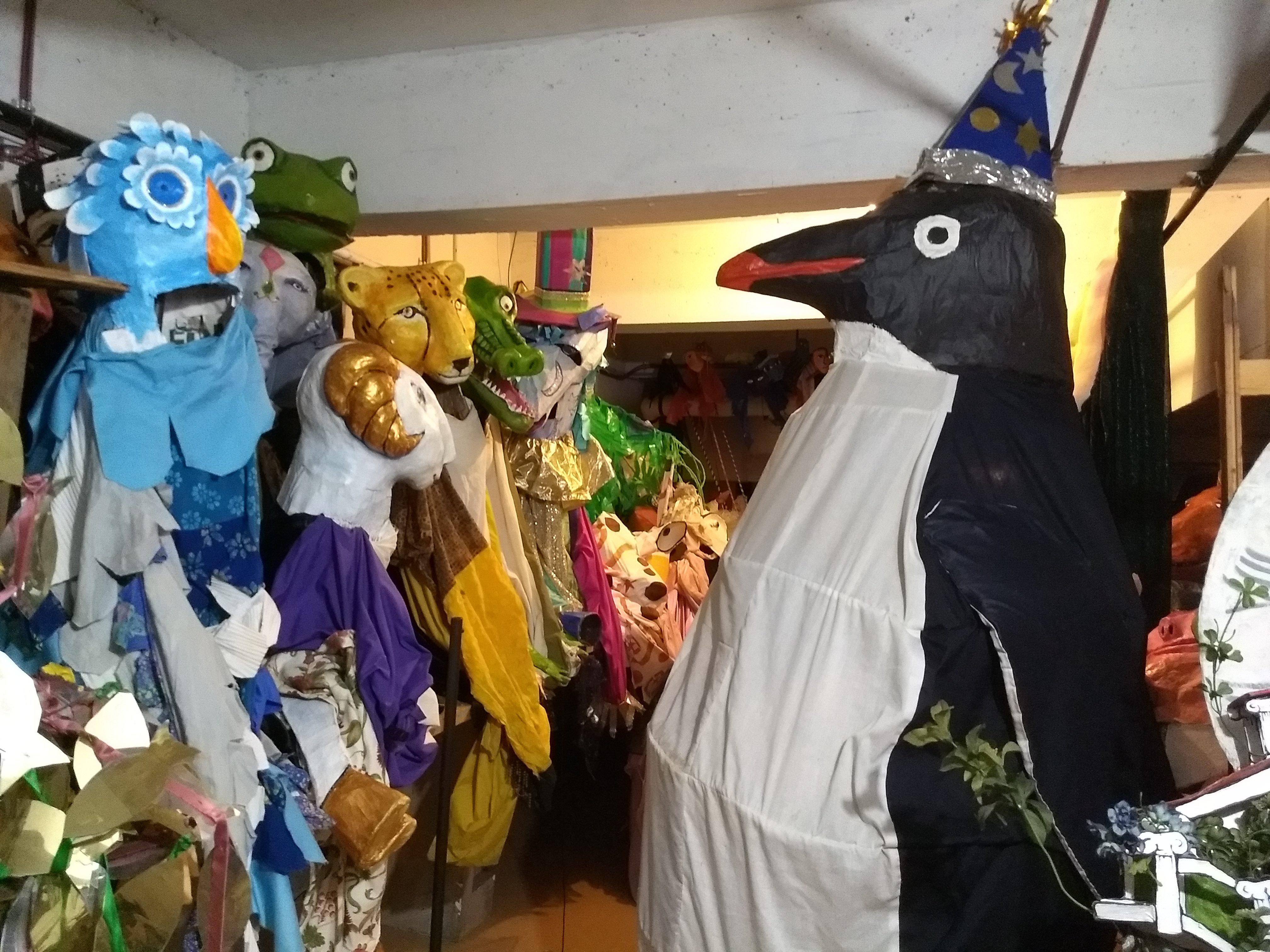
Amalgamated Puppet Lending Library
Jo Swanson, Party penguins, 1980s
The oldest item in the Puppet Library is likely a set of giant party penguins, made some time in the 1980s. The puppets in the library were not created for any specific play or performance, but for the wider world. The penguins were the first characters built with this purpose in mind: “People sometimes just need giant party penguins,” the library’s Sara Peattie wrote in an email.
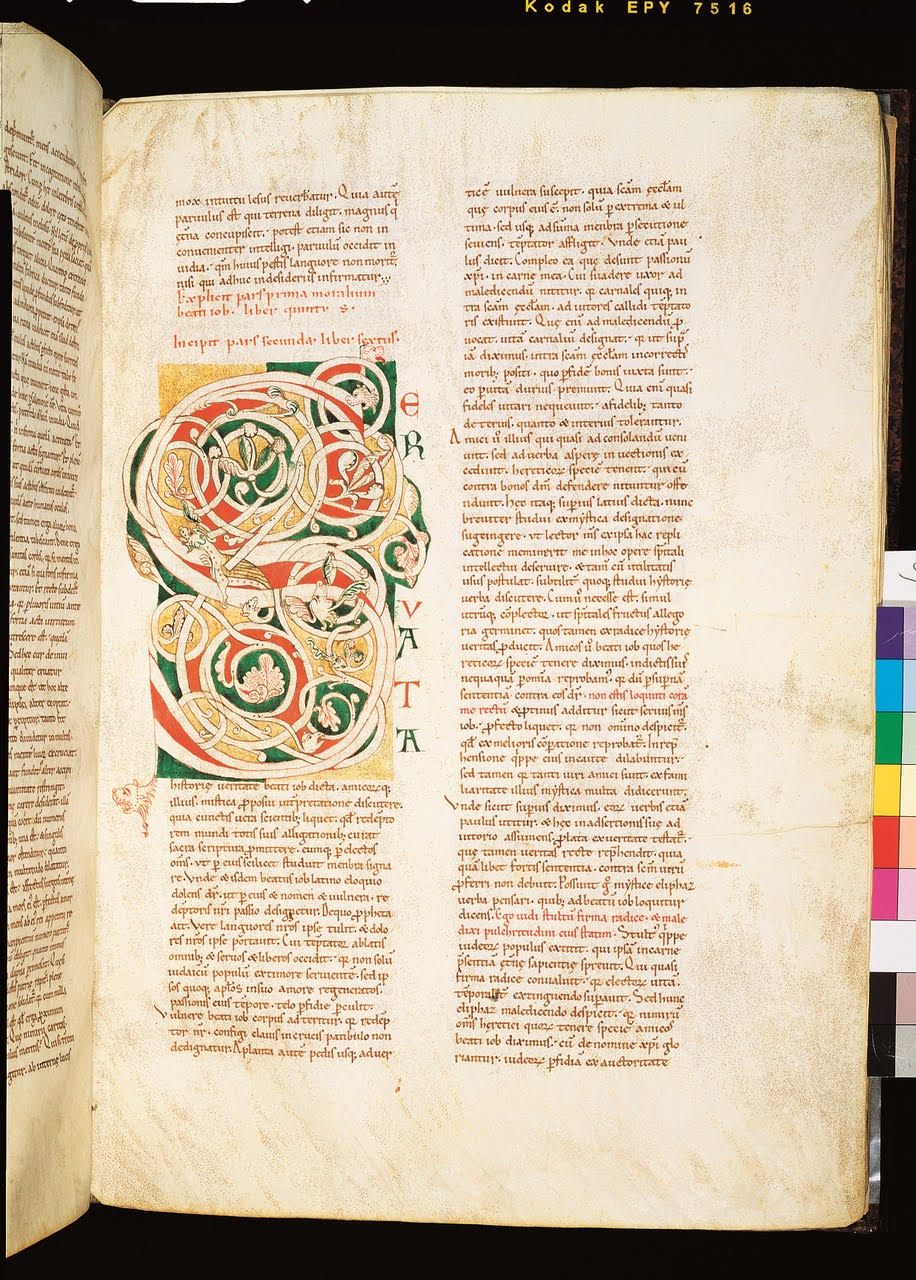
Grolier Club Library
St. Gregory, Moralia in Job, 12th century
The oldest item in the library of the Grolier Club in New York, America’s oldest society for book lovers, is a set of cuneiform tablets—just like many other libraries. The next oldest is a 12th-century manuscript of St. Gregory’s Moralia in Job, an exposition on the Biblical text. It was printed in France and bequeathed to the club by Archer Huntington in 1912.

American Alpine Club Library
Conrad Gesner, On the Admiration of Mountains, 1541
Officially, Conrad Gesner was a student of medicine. Starting in 1554 he was the city physician of Zurich, Switzerland. But Gesner was one of those Renaissance polymaths, with wide-ranging interest in all manner of disparate topics. The full title of this book is Libellus de lacte, et operibus lactariis, philologus pariter ac medicus. Cum epistola ad Iacobum Avienum de montium admiratione, and it includes both a pamphlet about milk and its use and a letter to one Jacob Avienus about the admirable qualities of mountains. The letter is one of the first essays about the pleasure of traveling through mountain landscapes and climbing mountain peaks. This copy came to the library as a donation from Nick Clinch, a past president of the club.

Bibliotheca Wittockiana
Sumerian clay tablet, c. 2000 B.C.
The Bibliotheca Wittockiana is known for its collection of book binding and book art, but its oldest item isn’t bound and isn’t a book—it’s a Sumerian cuneiform tablet. This particular tablet describes the death of a sheep and presents a legal defense by the shepherd to prove he didn’t steal it himself. The library’s founder, Michel Wittock, came across the tablet at an antiquarian shop in Brussels, where the collection is located, and bought it as example of the earliest form of the book.
Merril Collection of Science Fiction, Speculation & Fantasy
Robert Paltock, The Life and Adventures of Peter Wilkins, a Cornish Man, 1751
Robert Patlock’s character Peter Wilkins made his way through a subterranean cavern into a kind of new world, where he met and married a flying woman. He traveled to her country and went on to describe exactly how she and her people could fly. This book was donated to the Merril Collection in 1974 by Harry C. Campbell, a former Chief Librarian of the Toronto Public Library.

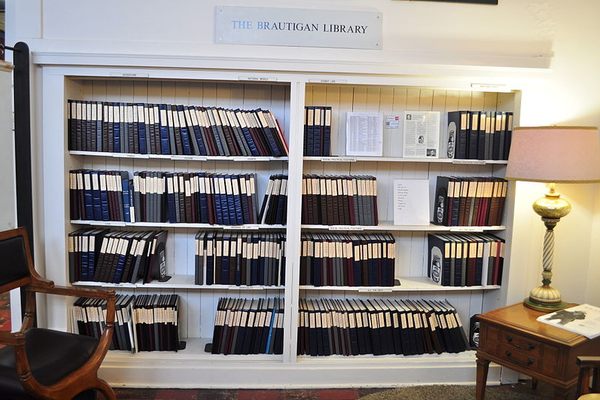



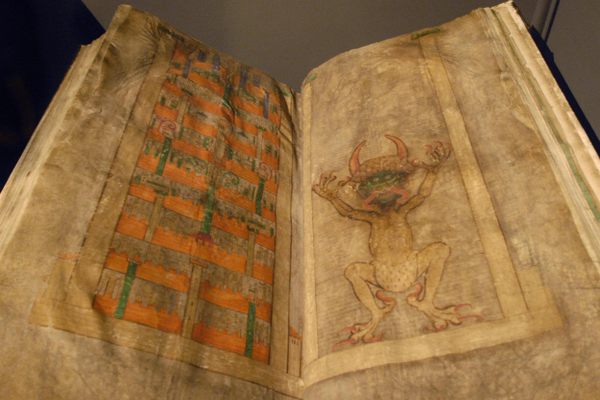









Follow us on Twitter to get the latest on the world's hidden wonders.
Like us on Facebook to get the latest on the world's hidden wonders.
Follow us on Twitter Like us on Facebook